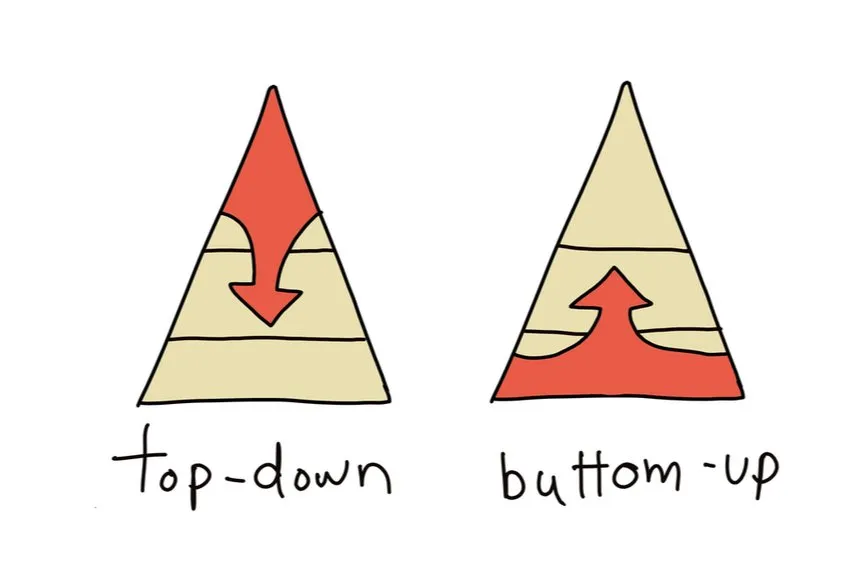What Is Order Management? A Complete Guide

There’s a number of moving parts behind the scenes after sales get processed. Here’s a complete guide to order management.
Say you sell a product or service. The order journey starts as soon as the customer completes their purchase. But what actually happens during that journey after they click the “buy” button?
Does their purchase just magically appear? Not quite. There are several steps taken once the purchase gets finalized and the customer receives their product or service. To give a simple overview, the order gets placed, selected, packaged and then shipped.
It might not seem like a huge process if your business is just starting out. You might get a few orders a day and easily be able to stay on top of them. But what happens as sales increase? What happens if your supply chain channels increase and you add more products to your inventory?
An efficient order management system will help remove any pain points and stop bottlenecks from happening. It will also allow you to stay on top of orders and business processes as your customer demand increases.
Here’s What We’ll Cover:
How Does Order Management Work?
Effective Order Management Is Essential For Your Business
What Is Order Management?
The process begins as soon as an order gets placed and finishes when your customer receives their purchase. Order management consists of the steps taken when coordinating the entire fulfillment process. It starts with the order getting accepted, picking and packing the order, shipping it to the customer and tracking it along the way.
Understanding your order process and taking the time to implement a management system will help your business as you scale and grow. As orders increase and demand goes up, it can be harder to stay on top of all the orders on your own.
By using an order management system, you can exceed customer expectations which will help lead to customer retention. It streamlines the entire ordering process to avoid overstocking and remove wasted time.

How Does Order Management Work?
The cycle of an order management process begins with the customer and ends with them receiving their purchase. It can also include the process when a customer receives their purchase but decides to return it. Here’s a breakdown of each stage of the order management process.
1. The Customer Places an Order
They make a decision on what they want and complete the payment process. The order is then processed by a sales representative or fulfillment team member to confirm details.
2. The Order Goes Through the Fulfillment Process
Once the order gets placed, the specific order information is then sent to the fulfillment center to get processed. From there, a worker will pick the order from the available inventory and then package it.
3. The Shipping Process
After the order has been picked from inventory and packaged appropriately, it’s then shipped to the customer. The order is then assigned a unique tracking number that allows the customer to see the shipping details. This includes when it gets shipped and the date they can expect it to arrive.
4. Delivery
The customer will receive their purchase. Once this happens, the customer will go ahead and check everything to make sure it aligns with their original purchase. If there is customer satisfaction then the order management process is complete.
However, what if the delivery didn’t arrive on time or if the wrong items got shipped? The customer can then follow up with customer service to explore options for returning the item. If that happens, the order management cycle will begin again.

Effective Order Management Is Essential For Your Business
Customer service and meeting customer expectations are essential for your business. It can be the difference between a customer purchasing something from you again in the future or switching to a competitor.
But having an effective order management process also makes a huge difference with cash flow and managing inventory. When every aspect of your business is running in sync, you can save time and money. It will also help you to generate accurate forecasts for future demand.
Plus, if the order management process isn’t running smoothly you can identify areas of your business that need to get addressed. Being able to forecast and predict future demand will help you to avoid under or overstocking. You will have a better sense of how much inventory you need on hand to fulfill customer orders.
Key Takeaways
Unsatisfied customers are bad for business. Having a good order management process will contribute to a higher level of customer loyalty. And everyone plays a role, including sales representatives, warehouse employees and delivery partners.
There are key benefits that can come with implementing an order management strategy. They can include streamlining your fulfillment process and better supply chain management. You’re then able to make better operational efficiency decisions in the future.
Find more articles like this on our resource hub.
RELATED ARTICLES


 How to Write a Business Plan Cover Page: 5 Essential Tips
How to Write a Business Plan Cover Page: 5 Essential Tips What Is Teamwork & Why Is It Important? (3 Reasons & Examples)
What Is Teamwork & Why Is It Important? (3 Reasons & Examples) Bottom-Up vs Top-Down Approach: What’s the Difference?
Bottom-Up vs Top-Down Approach: What’s the Difference? How to Write a Small Business Plan: 3 Top Tips & Free Sample
How to Write a Small Business Plan: 3 Top Tips & Free Sample 6 Best Daily Planner Apps to Keep You Organized
6 Best Daily Planner Apps to Keep You Organized